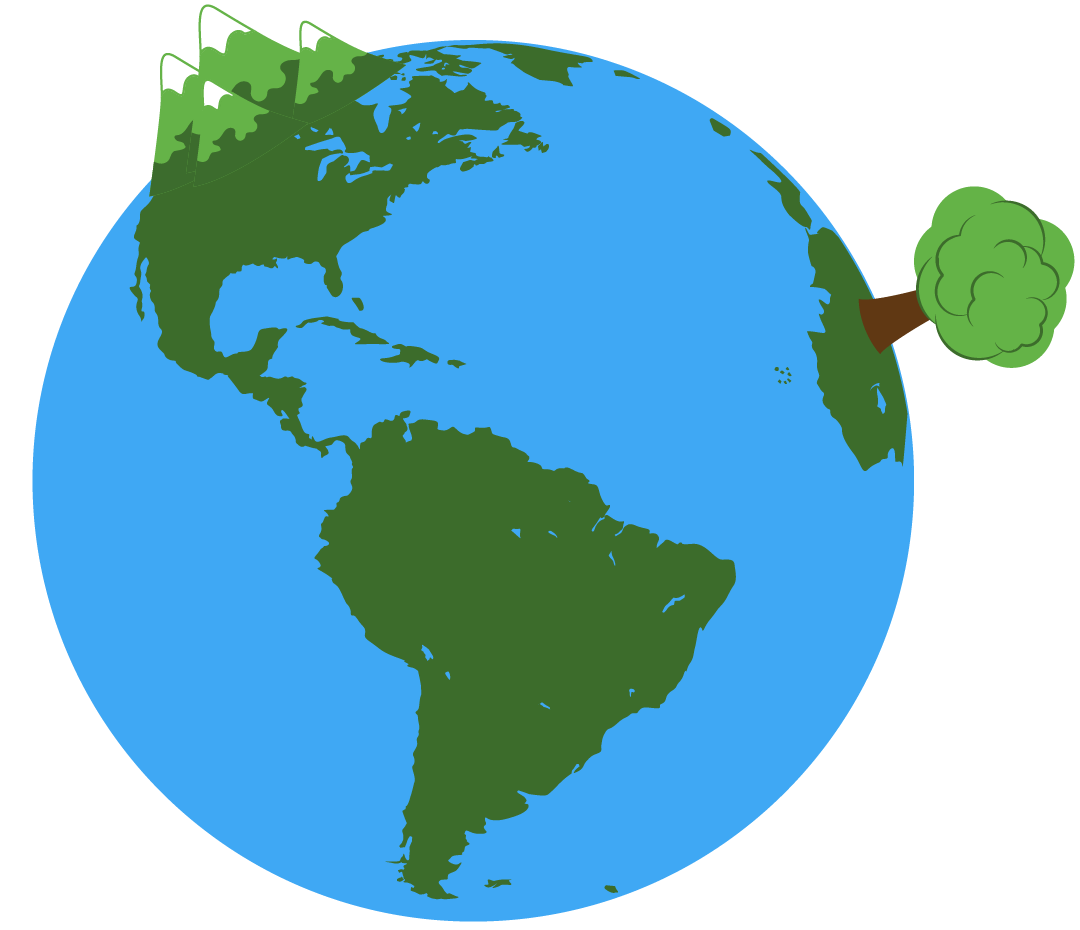Biomass
Biomass is a type of renewable energy in which organic matter is used as an energy source. This organic matter is originated in a biological process, either spontaneous or provoked. Biomass energy ultimately comes from the sun. Through photosynthesis, the plant kingdom absorbs and stores part of the solar energy that reaches the earth. Plant … Leer más
